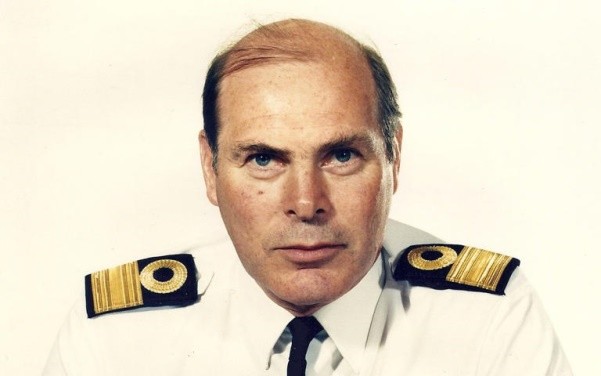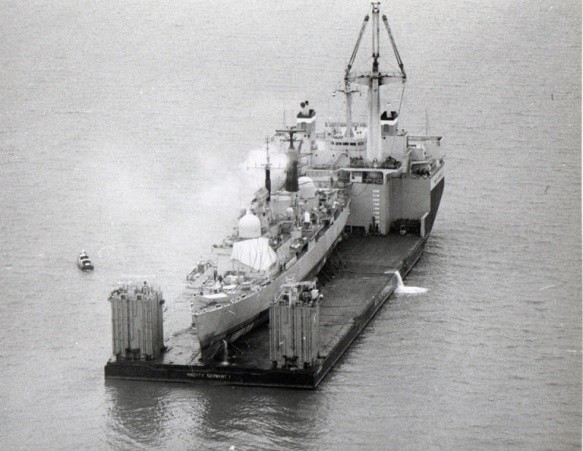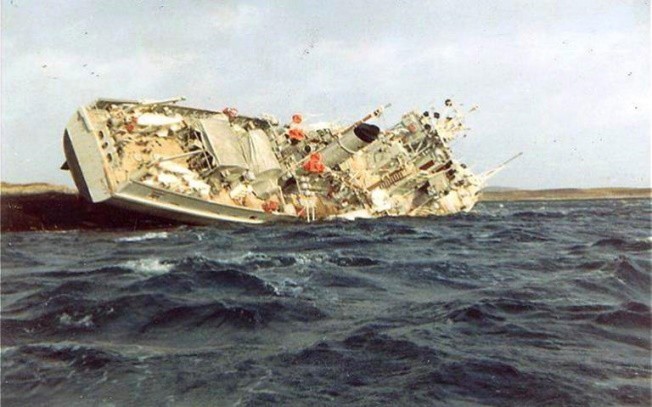Stephen Taylor was born in Sheffield on January 7 1942 and educated at Pangbourne before joining Dartmouth aged 18; he passed out top of his entry and was awarded the Queen's sword.
His first ship was the minesweeper Dartington based in Kuching, Sarawak, where within a few hours of joining, Midshipman Taylor found himself in command of a klotok (a large riverine canoe) with 20 Gurkha soldiers, chasing rebels in the rivers of Borneo. Next, he was navigating officer in the fast patrol boat Brave Borderer when she ran aground on a sandbank in the Danish archipelago during a Nato exercise. She was refloated without damage, and the naval attaché in Copenhagen, who saw a photograph of the grounded vessel in the local newspapers, was good enough not to report it! In 1967-68 he was flag lieutenant to the Commander-in-Chief, Admiral Sir Michael le Fanu, who would describe Taylor as "an outstanding officer, resolute, cheerful and always on the ball". In 1971, Taylor proved to be a vigorous commander of the minesweeper Belton on fishery protection duties, based in Port Edgar. In his first year in the six-ship squadron he made seven of the squadron's 40 arrests, and, almost as difficult, their successful prosecutions in court.
During one arrest, a French trawlerman refused to heave to, despite orders to so do by radio, warning shots and, from close alongside, by loudhailer. Rude hand signals were the only response waved out of the bridge window, until one of Taylor's stokers, coming on deck for a breath of fresh air, took objection to the insult to his captain and threw a potato, which by chance flew through the window. The skipper promptly appeared on deck with his hands up: it is thought to be the only time a British man o'war has used a King Edward potato in such a capacity!
Then on Trafalgar Day 1971, Belton battered her way through heavy seas to rescue Susan Fogden, an Oxford scientist marooned for nine days on the Monach Islands in the Outer Hebrides while conducting a survey of seals. She was low on food but in good health - until she was rescued, when Belton's violent motion in the rough seas made her "terribly seasick". Taylor anchored in Lochmaddy, North Uist, to toast belatedly the Immortal Memory in the Army mess at Benbecula, but when told in the early hours that Belton had dragged her anchor, he decided to weigh anchor and leave. However, Belton ran aground on 75-knot winds and was badly damaged. Though found guilty at court martial and reprimanded, Taylor and his ship's company were sent to Gibraltar to bring Chawton out of mothballs, and to rejoin the Fishery Protection Squadron. Taylor's time in Chawton included a 60-mile chase up-Channel after a French trawler, and his arrest of the Soviet spy-trawler Yubileiny: both were followed by successful outcomes in court.






